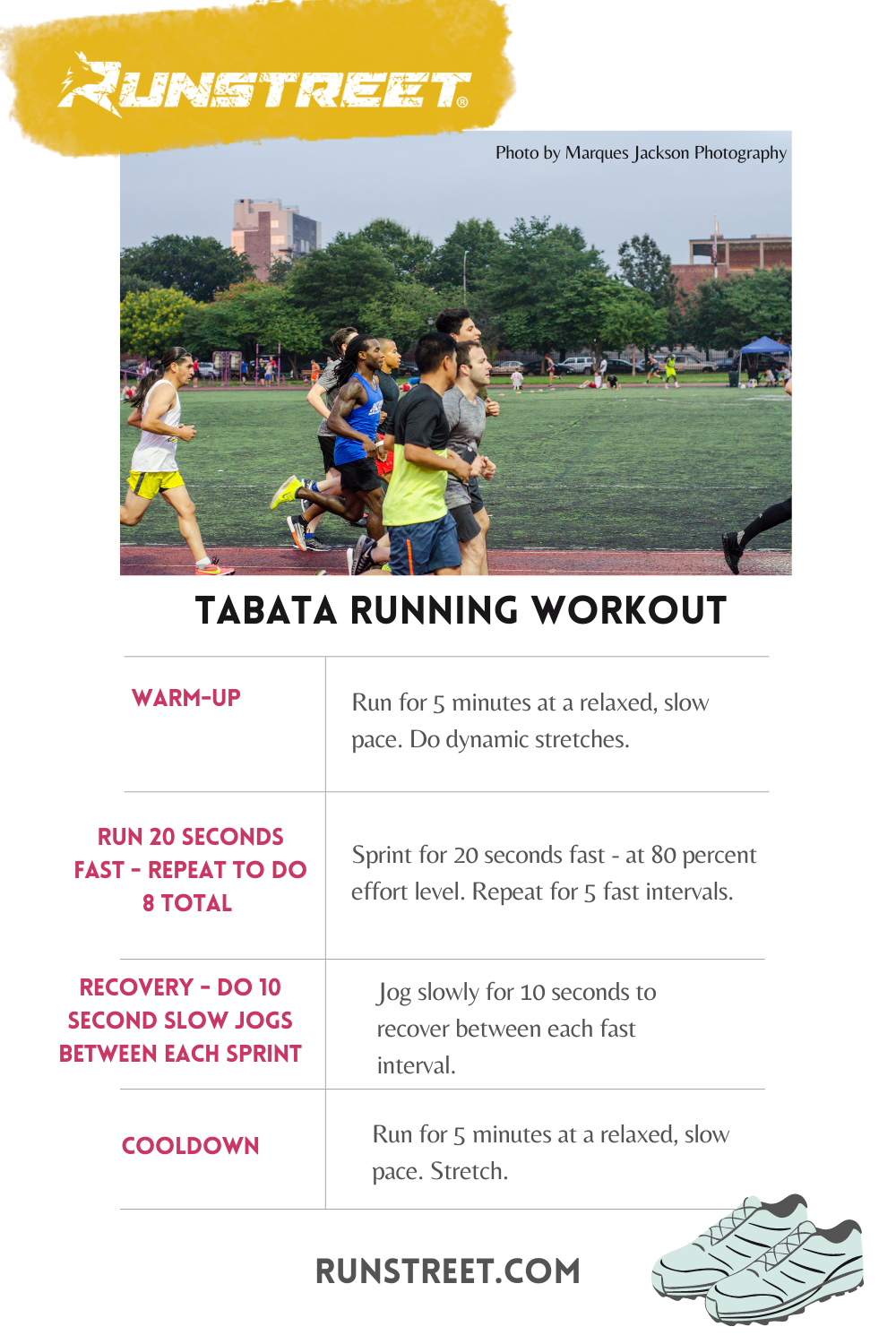The Ultimate Running Strategy Overview: Attain Your Health And Fitness Goals
The Ultimate Running Strategy Overview: Attain Your Health And Fitness Goals
Blog Article
The Ultimate Guide to Handling Pain When Running
Whether you are a seasoned marathoner or just beginning your running trip, recognizing the different kinds of pain that can develop and the techniques to resolve them is essential. From pre-run workout routines to proper footwear choice, there are numerous aspects to consider when it comes to dealing with discomfort while running.

Comprehending Various Kinds of Running Pain
When running, it is necessary to compare various sorts of pain to stop injuries and take full advantage of performance (Read More). One common kind of discomfort that joggers may experience is muscle pain, which commonly develops from the anxiety placed on muscles throughout exercise. This sort of discomfort is typically a normal component of the running process and can be managed with proper workout, cool-down, and stretching routines
An additional type of discomfort to be familiar with is joint pain. Joint pain can indicate problems such as overuse, inappropriate form, or underlying problems like joint inflammation. Ignoring joint pain can bring about a lot more extreme injuries, so it is essential to attend to any kind of discomfort quickly and potentially look for specialist guidance.
Furthermore, sharp or stabbing discomforts need to not be ignored. These kinds of discomfort can signify intense injuries such as pressures, sprains, or tension fractures - running workout. Remaining to go through these kinds of pain can exacerbate the injury and prolong healing time

Pre-Run Warm-Up and Extending Regular
To prepare the body for a running session, implementing an effective pre-run warm-up and stretching routine is vital. A correct workout aids raise blood circulation to the muscles, improves versatility, and minimizes the danger of injury throughout the run. Begin with dynamic stretches like leg swings, arm circles, and high knees to progressively elevate your heart rate and chill out the muscular tissues. Dynamic stretching assists simulate the activities you'll be doing while running, preparing your body for the task ahead. Follow this with fixed stretches focusing on major muscle teams such as the hamstrings, quadriceps, calves, and glutes. Hold each go for concerning 15-30 seconds without bouncing to promote muscle mass relaxation and flexibility. Bear in mind to pay attention to your body and change the intensity of your warm-up based upon your health and fitness degree and any pre-existing conditions. By including a regular pre-run warm-up and stretching regular into your running regimen, you can maximize performance and decrease the danger of discomfort or injury.
Appropriate Shoes Choice and Fit
Selecting proper footwear that fits well this website is critical for runners to protect against discomfort and reduce the danger of injuries. Uncomfortable shoes can bring about blisters, black nails, shin splints, and other excruciating conditions that can prevent performance and sideline training. When selecting running shoes, it is crucial to think about variables such as foot type, running gait, arch assistance, cushioning, and shoe dimension. running workout. Checking out a specialized running store for a gait evaluation and specialist fitting can aid ensure that you choose the right footwear for your individual requirements. Running footwear should supply adequate support and security while additionally being comfortable and light-weight. In addition, it is recommended to replace your operating footwear every 300-500 miles to keep proper padding and support. Investing in high-grade footwear that is suitable for your running style and foot composition is an aggressive action towards avoiding pain and injuries during your runs.
Nutrition and Hydration Tips for Pain Prevention

Hydration is just as important for joggers to avoid pains, dehydration, and other pains that can lead to pain throughout running. It is recommended to consume an ample amount of water throughout the day and specifically before, throughout, and after running sessions. Electrolyte-rich drinks or sports drinks can additionally be beneficial for renewing shed minerals and maintaining appropriate liquid equilibrium. running workout (Read More). By focusing on nutrition and hydration, runners can boost their performance, lessen pain, and take pleasure in an extra comfortable running experience.
Post-Run Recovery Techniques to Alleviate Discomfort
Executing efficient recuperation techniques is vital for alleviating pain and promoting muscle mass recuperation after running sessions. One key post-run recovery method is extending. Incorporating static stretches for major muscle mass teams can aid reduce muscle tension and discomfort. Foam rolling is one more valuable technique to release muscle mass tightness and boost blood circulation to the muscular tissues, aiding in quicker recovery. Additionally, icing sore areas for 15-20 minutes can help decrease inflammation and numb pain post-run.
Hydrating appropriately post-run is vital for renewing fluids lost throughout workout and assisting in muscle mass healing. Taking in a balanced treat or dish that includes protein and carbs within half an hour of completing a run can help repair muscle cells and restore energy stores. In addition, obtaining enough remainder is essential for enabling the body to repair and reinforce muscle mass. Integrating energetic recuperation activities such as light strolling or swimming can likewise help advertise blood circulation and decrease muscle rigidity - Read More. By integrating these post-run healing techniques right into your regimen, you can effectively take care of discomfort and optimize your running performance.
Verdict
To conclude, dealing with different kinds of running pain via appropriate workout, stretching, shoes choice, nourishment, hydration, and post-run healing techniques is crucial for pain avoidance and administration. By understanding the root causes of pain and carrying out these strategies, joggers can minimize pain and potential injuries. It is vital to prioritize total physical health and wellness to ensure an effective and enjoyable running experience.
Report this page